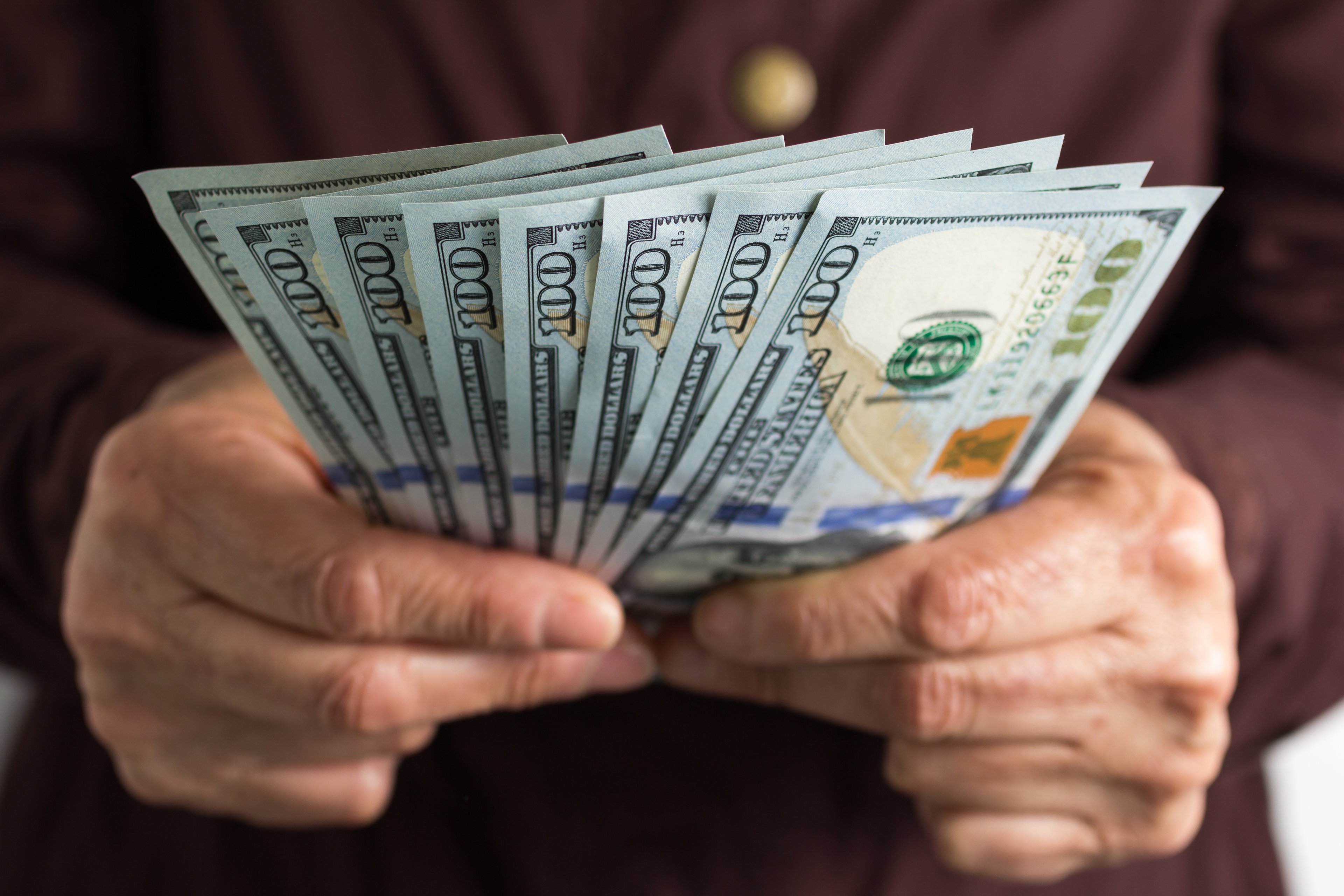The S&P 500 might regularly be touching new highs, but that doesn't mean that every company is enjoying the prosperity. In fact, many stocks have been utterly crushed over the last few moths, which has made their valuation ratios ridiculously low.
Which stocks specifically could be worth a look? We asked that very question of a team of Fools, and they highlighted Ford (F 1.52%), First Solar (FSLR +0.04%), and Seaspan (SSW +0.00%).

Image source: Getty Images.
An industrial icon under new, growth-minded leadership
John Rosevear (Ford): At just 6.8 times its expected 2017 earnings, Ford is looking awfully cheap for a company with a solid balance sheet that just came off the second-most-profitable year in its 114-year history.
But there's a reason for the low price: Ford has issues. On the one hand, there's the looming threat of "disruption" from new-technology entrants: If we're all getting around in self-driving Ubers in 15 years, why will anyone need Ford? And on the other hand, there's a case to be made that in the last couple of years, Ford has spent too much time and money preparing for the future at the expense of its still-very-profitable business today.

The auto business is changing quickly, but new Ford CEO Jim Hackett is determined to put the Blue Oval on course for profits well into the future. Image source: Ford Motor Company.
While reports of the imminent death of the automakers are almost certainly greatly exaggerated, both concerns seem to have been factors in the abrupt departure of CEO Mark Fields last month. His replacement, Jim Hackett, has promised sharper execution and a quicker tempo, and he has a team of well-regarded veteran executives in key roles to help him deliver.
Meanwhile, Ford continues to generate strong profits on good sales of its well-liked trucks and SUVs, while continuing its aggressive push to develop new technologies like self-driving and electric vehicles. If Hackett can boost the pace of product development while keeping Ford on course to thrive in the future (and he probably can), patient Ford investors could be well-rewarded. And Ford's fat 5.4% dividend yield should make it easy to be patient while the work gets done.
A solar leader that's very underappreciated
Travis Hoium (First Solar): Even though the solar industry has seen huge growth in the last decade, there are very few companies that have been able to maintain profitability or generate free cash flow over the long term. One that has is First Solar.
First Solar has a long history of both stronger-than-average margins in the solar industry and better profitability than its peers. You can see below that its results have been choppy, but over time the company has been a cash generator. It is now expecting to have between $1.5 billion and $1.7 billion in net cash on the balance sheet at the end of 2017.
FSLR Net Income (TTM) data by YCharts.
Despite the strong results and the strong balance sheet, the market hasn't given First Solar a very high valuation. As of this writing, the company's market cap is just $3.8 billion, implying that operations are worth just over $2 billion.
What I think the market is failing to take into account is that First Solar is upgrading its manufacturing capacity to a product that will be lower in cost and higher in efficiency than the current version. And a strategy to sell components to other developers will lead to a faster sales cycle and more predictable results each year. If the solar industry keeps growing at double digits and First Solar can continue to make a product that can generate strong margins and profitability long term, the sock will be a great value buy. Even a small profit of $0.05 per watt on 3.0 GW of capacity would imply the stock is trading for less than 15 times earnings after pulling out net cash. And with an opportunity to grow to 5.0 GW by 2020 and potentially generate even higher margins, I think this stock will be a steal for long-term investors.
The best house on a bad block
Brian Feroldi (Seaspan): The shipping industry has been in a state of near-depression over the last couple of years. Charter rates have been in free fall as years of overbuilding led to excess supply. So much so that last year Hanjin, a major operator out of South Korea, declared bankruptcy.
Understandably, this operating environment is scaring investors out of all shipping stocks, including Seaspan. Seaspan is a leading containership operator that leases its ships out to liners under long-term, fixed-rate time charters. In theory, those contracts should insulate it from fluctuating charter prices, but Hanjin's bankruptcy threw that theory right out of the window. Revenue and normalized EPS have declined in back-to-back quarters, which caused the company to slash its dividend by two-thirds.
The markets haven't responded well to this series of events.
Shares have gotten so cheap that the company's dividend yield is currently above 8.6% -- and that's after accounting for the 66% cut.
While the last year has been painful, there are signs that the industry is starting to recover. Charter rates have jumped as the industry has worked to rightsize supply. That's a sign that the worst of the storm could be over. If that's true, then things might finally be looking up for Seaspan, which makes it a dirt cheap stock that value investors might want to put on their radar.









